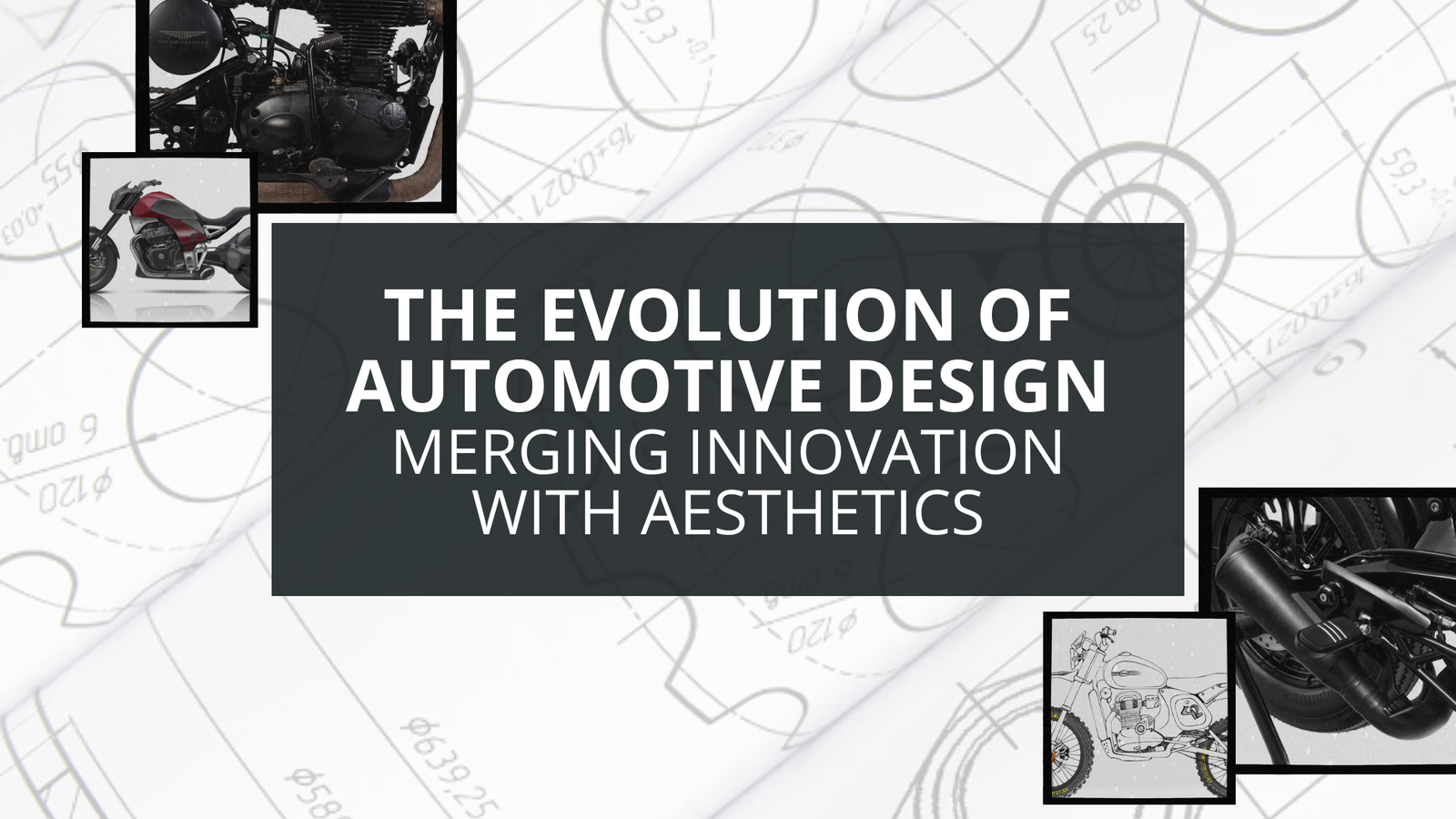Automotive design is a unique blend of artistry, engineering, and innovation. It goes beyond creating a visually appealing vehicle; it’s about merging aesthetics with functionality, safety, and performance. Over the years, automotive design has evolved significantly, influenced by advancements in technology, consumer demands, and environmental considerations. Today, automotive design is not just about how a vehicle looks—it’s about how it interacts with the world and the people who use it.
The Foundation: Form Follows Function
The famous design principle “form follows function” plays a central role in automotive design. At its core, this means that the shape of a vehicle should be guided by its intended purpose. Early automotive designs were primarily focused on utility and reliability. Cars were built with simple, boxy shapes to accommodate mechanical components, with little attention to aesthetics. However, as car manufacturers began to compete in the growing automotive market, design became an essential factor for attracting customers.
In the 20th century, automotive design began to take on a more artistic form. Companies started hiring specialized designers and artists to create unique vehicle silhouettes. Streamlined, flowing shapes replaced boxy designs, reflecting the influence of aviation and the concept of aerodynamics. These changes weren’t just for looks—sleeker designs improved performance by reducing drag, making cars more fuel-efficient.
The Role of Technology in Modern Automotive Design
The rise of computer-aided design (CAD) software has revolutionized the automotive design process. What once required months of hand-drawing and clay modeling can now be done more quickly and efficiently in a digital environment. Designers can create intricate models, test aerodynamic properties, and visualize how different materials will look in the final product—all without needing to build a physical prototype right away.

With 3D rendering and virtual reality (VR), designers can immerse themselves in their creations before a single part is manufactured. These technologies allow for rapid iteration, enabling designers to explore various shapes, colors, and finishes while ensuring the vehicle adheres to safety and engineering standards.
Moreover, technology has paved the way for more sustainable design practices. The increasing popularity of electric vehicles (EVs) has dramatically changed the landscape of automotive design. Without the need to accommodate large combustion engines, designers have more flexibility to create spacious, aerodynamic, and eco-friendly vehicle layouts. This has opened new doors for innovative designs that focus on reducing environmental impact while enhancing the driving experience.
Balancing Aesthetics and Practicality
Modern automotive design must strike a balance between aesthetics and practicality. Designers need to ensure that a vehicle is visually appealing while also making sure it performs efficiently, meets safety standards, and provides comfort for the driver and passengers. Every curve, line, and surface must serve a purpose. For example, a car’s grille might not only be a focal point of its design but also play a crucial role in cooling the engine. Similarly, sleek body lines might help reduce wind resistance, improving fuel efficiency or battery range in electric vehicles.
Designers also consider the interior as much as the exterior. A well-designed car interior enhances the driving experience by incorporating intuitive controls, ergonomic seating, and high-quality materials. The rise of infotainment systems and advanced driver-assistance technologies has further complicated interior design, pushing designers to integrate these systems seamlessly while maintaining an elegant look.
The Future of Automotive Design
As automotive technology continues to advance, the future of design looks increasingly exciting. Autonomous vehicles, for instance, are expected to change the way cars are designed. Without the need for traditional driving controls, interiors can become more lounge-like, focusing on comfort and entertainment rather than just utility. Exterior designs could also evolve to become even more aerodynamic and efficient, as autonomous vehicles may prioritize functionality over traditional aesthetics.
Sustainability will also continue to play a significant role in future designs. As consumers and governments push for greener technologies, designers will be tasked with creating vehicles that not only look good but are also eco-friendly. The use of recyclable materials, lightweight composites, and sustainable manufacturing processes will be key components of automotive design in the years to come.
Automotive design is a constantly evolving field, where art, technology, and engineering meet. From the early days of basic, boxy vehicles to today’s sleek, technologically advanced machines, automotive design has made incredible strides. With advancements in technology and an increasing focus on sustainability, the future of automotive design promises to be even more innovative, with vehicles that look, perform, and interact in ways we’ve never seen before.
